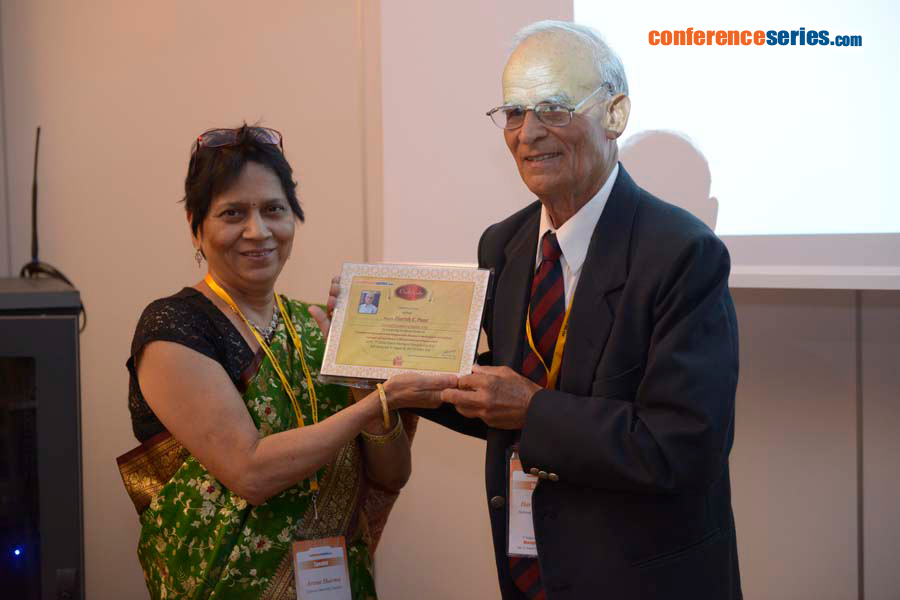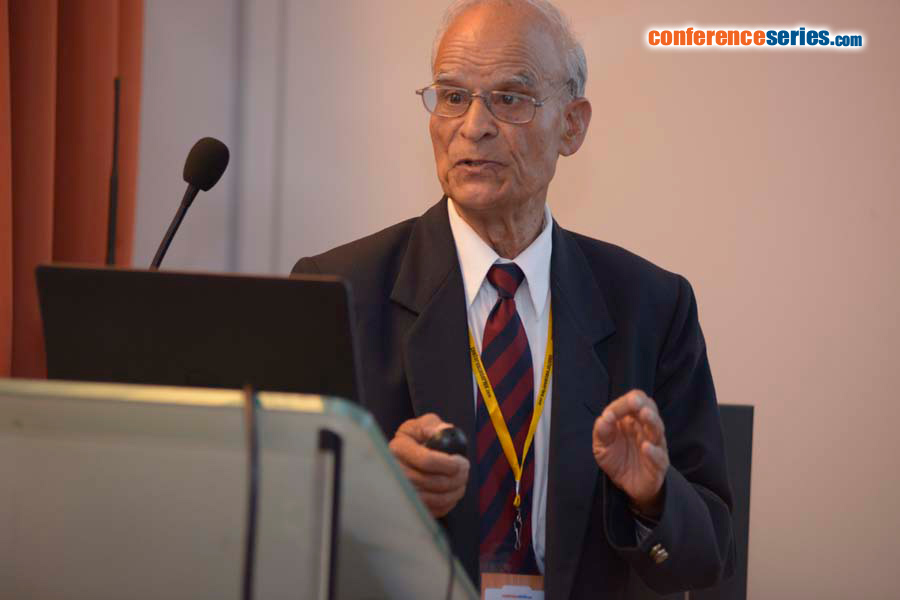
Harish C Pant
National Institutes of Health, USA
Title: Translational approach to Neurodegenerative diseases: A small peptide derived from neuronal cell cycle kinase (Cdk5) prevents neurodegeneration
Biography
Biography: Harish C Pant
Abstract
During our studies on the compartment specific phosphorylation of cytoskeletal proteins in the neurons, we discovered a novel kinase, Cdk5, a Cell Cycle dependent like kinase in the brain. Though it binds with cyclins, however, its activity is primarily restricted to neurons due to its binding and regulation by neuron specific molecules p35 and p39 (35 KDa and 39 KDa molecular weight respectively). Cdk5, by virtue of its tightly regulated, multifunctional role in neuronal development, migration, synaptogenesis, synaptic activity, memory / learning and survival. It targets a large number of different types of neuronal proteins and has emerged as a major player in nervous system function in health and disease. However, due to neuronal insults and stress (e.g., A-beta, glutamate, oxidative, mutational, neuroinflammation and intra / extra cellular stresses, Cdk5 is hyperactivated and deregulated induces a number of neurodegenerative disorders. Although our studies continue to unravel the role of Cdk5 in neurogenesis and synaptic function but our most exciting recent results have been related to its role in neurodegeneration and our success in developing compounds that protect neurons from deregulated Cdk5 pathology, neuro-inflammation, and apoptosis in vitro and in AD and other neurodegenerative disease (ALS, PD) model mice. Hence, our current and future work include a major emphasis on the efficacy of our newly modified peptide TFP5 (carrying a fluorescent marker at the N-terminal end and a TAT PTD sequence at the C-terminal (to facilitate penetration into tissues) and pass blood brain barrier, as a therapeutic candidate for AD, ALS and PD using model mice. Currently, most therapeutic approaches targeting the deregulated Cdk5/p25 complex and other kinases in neurodegenerative disorders have focused primarily on drugs like roscovitine that inhibit kinase activity by interfering with the ATP binding domain of the kinase. Most of these drugs, however, lack sufficient specificity, since all kinases including cell cycle Cdks, are vulnerable at the ATP binding site targeted by roscovitine. We identified a 24 residue truncated modified peptide (TFP5), derived from the p35 activator, that specifically inhibited hyperactive Cdk5/p25 and rescued cortical cells in vitro from abnormal AD-like phenotypes. It did this without affecting the function of the normal Cdk5/p35 and toxicity. In addition, the Intraperitoneal injection (IP) of TFP5 ameliorated ALS and PD phenotypes in model mice. This talk will focus on the role of TFP5 peptide as a therapeutic reagent to prevent AD, ALS and PD phenotypes in model mice






